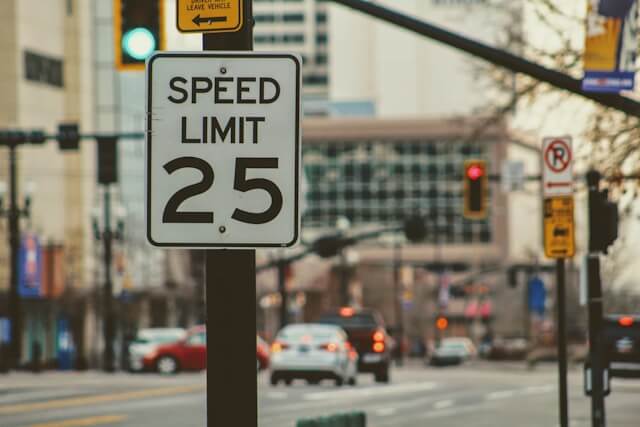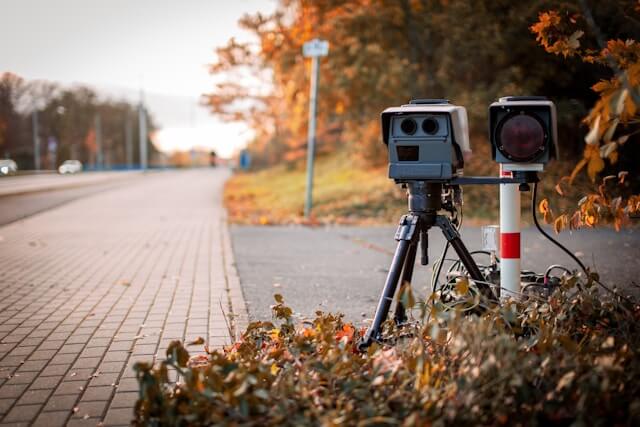Speed enforcement plays a crucial role in road safety. You’ve probably seen signs that read “Speed Enforced by Radar” along highways or city streets. But what do they actually mean?
Let’s break it down into simple terms, explain how radar enforcement works, and why drivers should pay attention to it.
Understanding Radar Speed Enforcement
Radar speed enforcement refers to using radar technology to monitor vehicle speeds. It detects how fast a vehicle is moving in real time. Law enforcement agencies use this technology to identify and catch speed violators.
These radar systems are often mounted in police vehicles or installed on poles, traffic lights, or roadside units. Some systems are mobile, while others remain fixed in high-risk zones.
How Radar Detects Vehicle Speed
Radar speed detectors use radio waves. These waves bounce off moving vehicles and return to the device. The time it takes for the waves to return helps calculate the vehicle’s speed.
Radar guns measure something called the Doppler shift—the change in frequency of the waves as they return. The faster the car, the greater the shift.
Why Do Roads Display ‘Speed Enforced by Radar’?
You’ll see these signs in areas where speeding has been a problem. It could be near:
- Schools
- Hospitals
- High-accident zones
- Residential neighborhoods
The purpose is to warn drivers that law enforcement is actively monitoring the area. It acts as a deterrent and encourages safer driving.
Is Radar Enforcement Legal?
Yes, radar enforcement is legal and widely used across the globe. Police officers must follow specific procedures when using radar guns. In some areas, officers need certification to operate radar devices.
Automated radar systems must also comply with local laws. This includes proper calibration, testing, and public signage to avoid legal disputes.
How Accurate Are Radar Speed Guns?
Modern radar guns are extremely accurate—usually within ±1 mph. However, their accuracy depends on several factors:
- Proper calibration
- Operator training
- Environmental conditions
- Angle of detection

Despite these variables, radar remains a reliable and widely accepted method for speed enforced.
Can You Get a Ticket Without Being Pulled Over?
Yes. In many regions, radar enforcement works with automatic ticketing systems. If you’re caught speeding, a camera snaps a photo of your license plate. A citation then gets mailed to your address.
These systems are known as photo radar or automated speed enforced (ASE). They’re becoming more common in urban areas to reduce traffic stops and improve efficiency.
What Happens If You Get Caught by Radar?
If radar enforcement catches you speeding, you’ll face one or more of the following consequences:
- A traffic ticket
- Fines
- Points on your license
- Increased insurance premiums
In severe cases, such as reckless speeding, your license may be suspended or revoked.
Can Radar Detectors Help Drivers?
Some drivers use radar detectors to alert them about radar signals nearby. These devices can warn you before you enter a speed-enforced zone. But there’s a catch.
Radar detectors are illegal in several states and countries. Even where they’re legal, their use may still be frowned upon by law enforcement.
How to Avoid Speeding Tickets in Radar Zones
Here are a few practical tips to stay safe and ticket-free:
- Observe speed limits enforcement—They exist for your safety.
- Stay alert for signs like “Speed Enforced by Radar.”
- Use GPS apps with traffic alerts and radar warnings.
- Slow down in known high-risk zones.
- Avoid distractions like texting or eating while driving.
By being mindful and cautious, you can easily avoid speed traps and drive safely.
Are There Other Speed Enforcement Methods?
Absolutely. Radar isn’t the only method. Authorities may use:
- LIDAR (Laser-based Detection): More precise than radar.
- Pacing: Officers match your speed while following.
- Aircraft enforcement: Used on highways.
- Speed cameras with embedded sensors.
Each method has its strengths and works best under specific conditions.
Final Thoughts on Radar Speed Enforced
Speed enforced by radar isn’t just about tickets—it’s about saving lives. These systems help reduce accidents, protect pedestrians, and promote responsible driving. The next time you see a “Speed Enforced by Radar” sign, take it seriously. It’s not just a warning—it’s a lifesaving tool.

